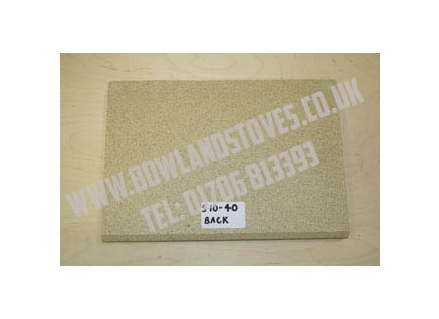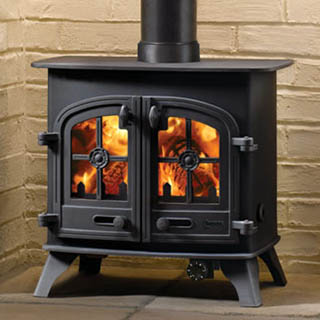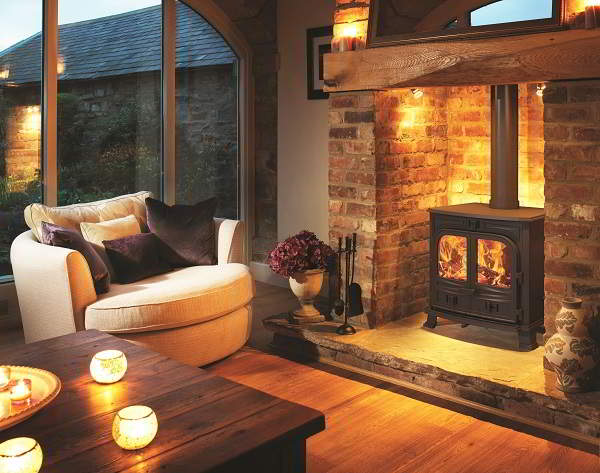As you can imagine, the intense heat created by the modern day wood-burning and multifuel stove can in the long-term impact certain components such as fire bricks. It is therefore essential that fire bricks are checked on a regular basis to ensure there is no damage, no cracks and they are in full working order. You will find that many stove manufacturers class firebricks as “consumables” therefore they may not covered by the standard warranty. This is because of the general wear and tear they will experience over the years – although they will not need replaced too regularly, it is worth monitoring their condition.
If you would like to contact us directly feel free to call on 01706 813393 or email us at sales@bowlandstoves.co.uk
Types of stove fire brick
While the heat reflective vermiculite firebricks/panels are the most commonplace today because of their cost and their performance, they are just one of three types of fire brick. There is also the traditional clay firebrick as well as steel/cast-iron fire “cheeks” which are still commonplace today but not as popular as vermiculite. The main reason for firebricks is to ensure that as much of the heat created is contained within the stove to be circulated in a controlled manner. The firebricks also ensure that the outer casing is not subjected to prolonged and excessive heat which could cause cracking and warping.

Checking your stove firebricks
It is very easy to check the condition of your firebricks by simply opening the stove door and inspecting the combustion chamber. If there are any significant cracks or warping of the various types of firebrick it is then time to consider replacing them. On occasion, where the cracks are relatively small, some companies recommend filling in these cracks with fire cement. This is a perfectly safe, tried and tested solution to relatively small cracks but should not be attempted where the cracks are large and there is potential warping.
Replacing firebricks
The vast majority of stoves position the firebricks just below the baffle plate with many manufacturers using the baffle plate to keep the firebricks in position. So, more often than not it is simply a case of lifting out the baffle plate, then removing the firebricks and replacing them with brand-new firebricks. On occasion you will find it difficult to dislodge some of the firebricks which are a tight fit but rest assured they will come out.

The vast majority of replacement firebricks today are of the vermiculite type because they are relatively cheap and do an extremely good job of reflecting the heat back into the combustion chamber. It is also worth noting that their material is flexible and easy to manipulate into a specific area. There will be occasions when you are replacing cast iron/steel fire cheeks where you may need to replace like-for-like. If in doubt please contact us and we will advise you accordingly.
The importance of firebricks
As we touched on above, a cracked or warped firebrick will not only reduce the efficiency of your wood-burning/multifuel stove but it may well cause damage to the outer casting. Remember, the modern day wood-burning/multifuel stove creates immense heat within a very confined space which can cause damage to the body in the event of continued use of damaged fire bricks. It is also worth noting that firebricks are relatively inexpensive and very easy to replace.

